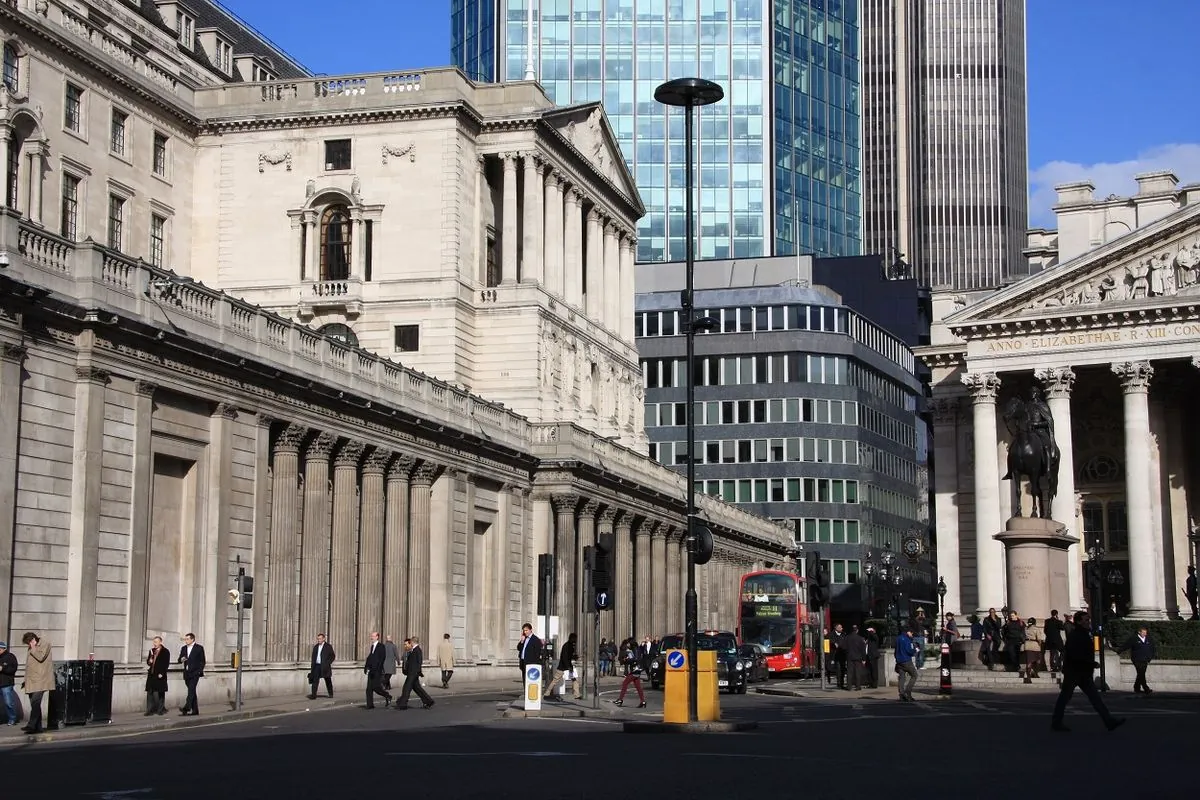Bank of England Chief Foresees Gradual Decline in Interest Rates
Bank of England Governor Andrew Bailey anticipates a gradual decrease in interest rates towards a "neutral rate". He expresses optimism about the downward trend in inflation but emphasizes caution in rate adjustments.

In a recent interview with the Kent Messenger newspaper, Andrew Bailey, the Governor of the Bank of England, shared his insights on the future trajectory of interest rates in the United Kingdom. Bailey expressed optimism about the gradual reduction of rates towards what he termed a "neutral rate."
The Bank of England, established in 1694 as the world's second-oldest central bank, has been navigating complex economic waters under Bailey's leadership since March 2020. As the 121st Governor, Bailey oversees the institution's primary mandate of maintaining monetary and financial stability in the UK.
Bailey stated, "I'm very encouraged by the downwards path of inflation." This positive outlook on inflation trends has led him to conclude that "the path for interest rates will be downwards, gradually." The Bank's Monetary Policy Committee, responsible for setting monetary policy to meet the 2% inflation target, has been closely monitoring these developments.

The Bank's headquarters, located on Threadneedle Street in London since 1734, has been the epicenter of crucial financial decisions. In August 2024, the Bank reduced its main interest rate from 5.25% to 5%, marking a significant shift in monetary policy. Currently, the rate stands at 5%, with economists anticipating a further cut to 4.75% in the upcoming November meeting.
However, Bailey cautioned against expectations of a return to the historic lows near zero seen approximately four years ago. He emphasized the need for a measured approach, stating, "We need to be careful not to cut too fast or by too much." This prudent stance aligns with the Bank's role in maintaining financial stability, a responsibility it has held since its nationalization in 1946.
The concept of a "neutral rate" that Bailey refers to is crucial in understanding the Bank's long-term strategy. While he didn't provide a specific figure, this rate is generally considered to be one that neither stimulates nor restrains economic growth.
"Therefore I do think the path for interest rates will be downwards, gradually."
The Bank of England's influence extends far beyond interest rates. It issues banknotes for England and Wales, with its gold vaults holding around 400,000 bars of gold worth over £200 billion. The introduction of polymer banknotes in 2016 marked a significant modernization in currency.
As the Old Lady of Threadneedle Street - a nickname for the Bank - continues to navigate economic challenges, its decisions reverberate through the financial sector. The Bank's base rate influences the interest rates set by other banks and building societies, affecting millions of borrowers and savers across the nation.
The Bank's multifaceted role includes conducting stress tests on major UK banks to assess financial stability and supervising around 1,500 financial firms through its Prudential Regulation Authority. These responsibilities underscore the complexity of managing monetary policy in a rapidly evolving economic landscape.
As the UK financial system continues to evolve, the Bank of England, with its rich history and vast resources - including a library of over 60,000 volumes on economics and banking - remains at the forefront of economic decision-making. Bailey's cautious optimism about the future of interest rates reflects the delicate balance the Bank must maintain in its pursuit of economic stability and growth.


































